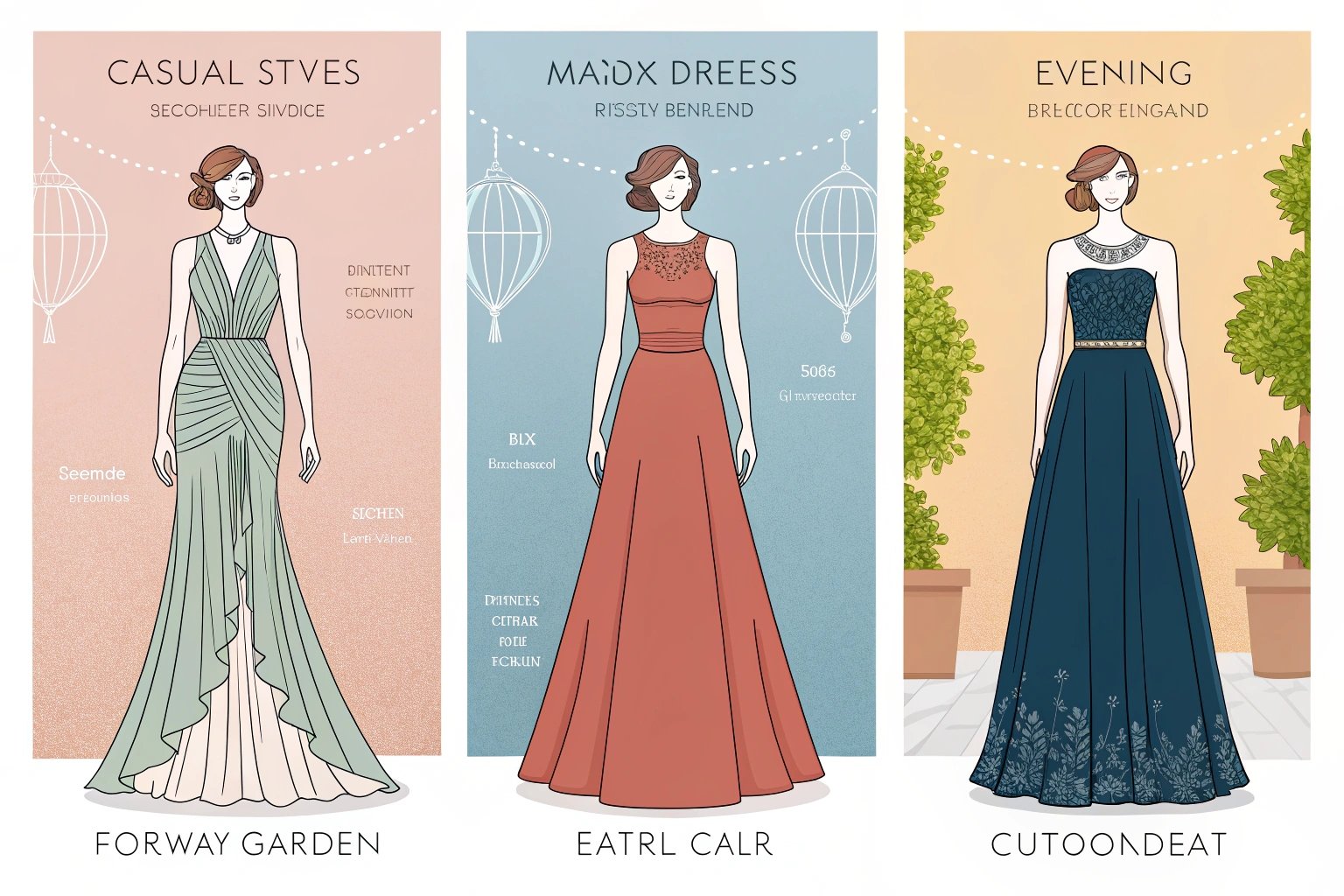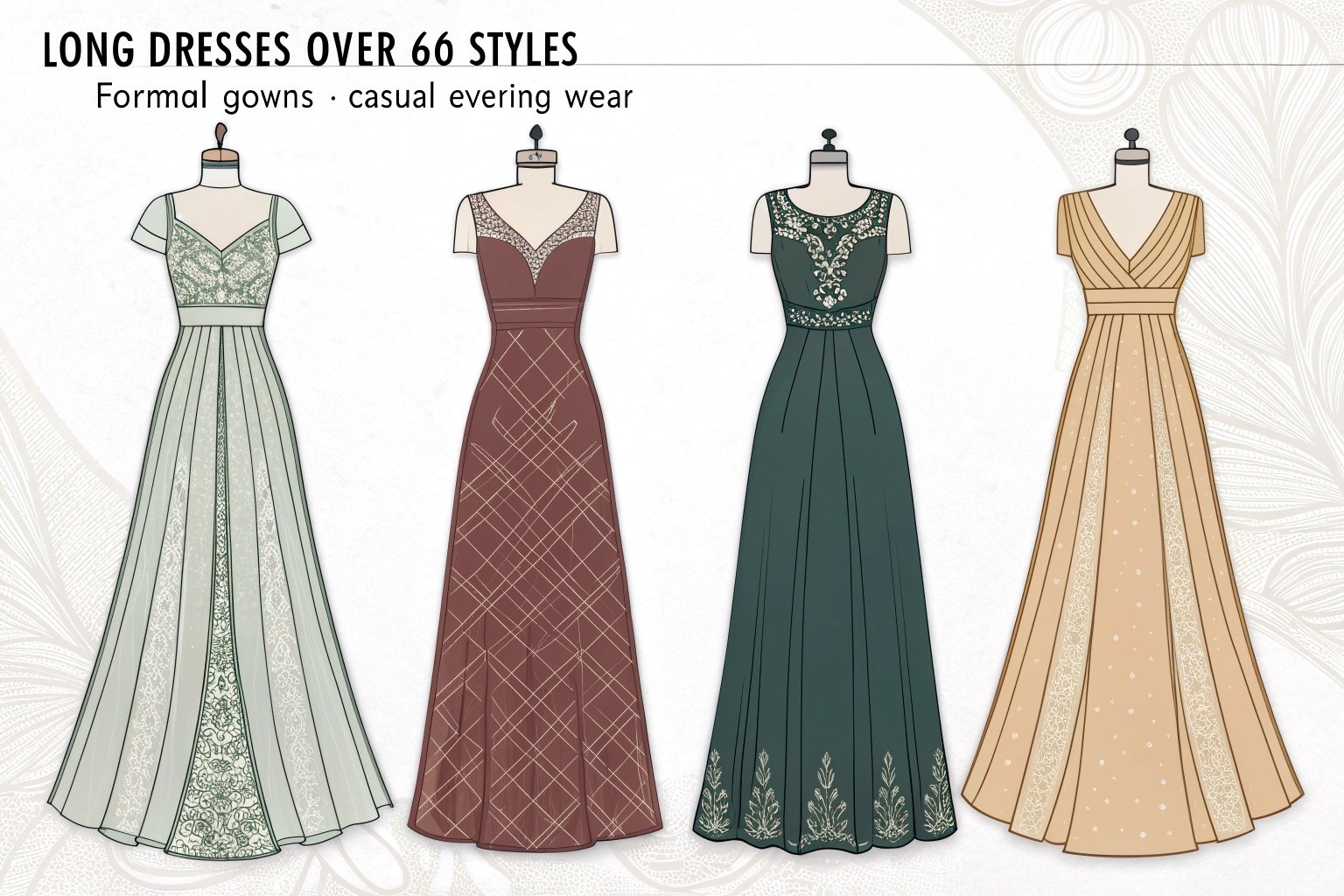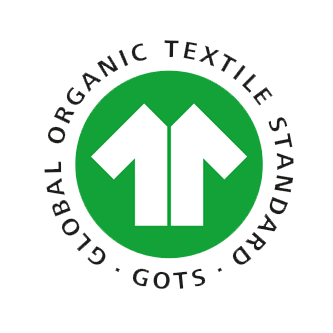Dressmaker pins might seem small, but their design, material, and durability make a big difference in manufacturing quality. At Xzapparel, we rely on thousands of pins every day to ensure fit accuracy, seam alignment, and fabric integrity. But not all pins are equal.
Dressmaker pins should be sharp, rust-resistant, heat-tolerant, smooth, and appropriately flexible to handle various fabrics and production demands.
Let’s break down these qualities and how they impact performance in real apparel workflows.
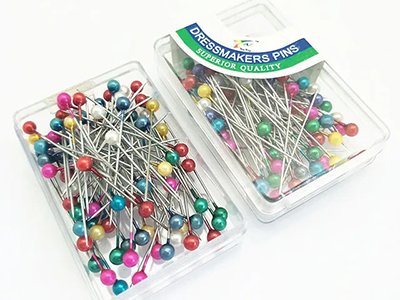
What materials are dressmaker pins made from?
Materials affect durability and safety.
High-quality pins are typically made from stainless steel, nickel-plated steel, or brass. The heads are often plastic, glass, or metal.
Material Comparison
| Shaft Material | Benefits | Drawbacks |
|---|---|---|
| Stainless Steel | Rust-resistant, hard, long-lasting | Slightly higher cost |
| Nickel-Plated Steel | Economical, smooth finish | May rust over time |
| Brass | Gentle on fine fabric | Softer, bends easily |
We use stainless steel pins for general-purpose and brass pins for delicate tasks.
How important is the pinhead?
It affects usability and safety.
Pinheads must be easy to grip, heat-safe, and color-coded when necessary.
Head Type Breakdown
| Head Material | Key Use Cases | Heat Safe? |
|---|---|---|
| Glass | Pressing and steam ironing stages | Yes |
| Plastic | Lightweight pinning tasks | No |
| Metal | Seamless grip, minimalist design | Yes |
At Xzapparel, we use glass heads for most high-temperature and industrial pressing operations.

Why smoothness and sharpness matter
Friction is the enemy.
A smooth shaft reduces fabric snagging, while a sharp point ensures easy penetration through layers without shifting.
Fabric Compatibility Table
| Pin Smoothness | Fabric Type | Result |
|---|---|---|
| Ultra-smooth | Satin, silk, viscose | No pulls or tears |
| Medium-smooth | Cotton, twill | Smooth glide |
| Rough or bent | Knit, poly blends | Risk of catching or stretch |
Smooth, polished pins prevent microscopic damage that affects long-term wear.
What pin length and thickness are ideal?
It depends on the task.
Standard pins are 1.5″ (38mm) long and about 0.6 mm thick—versatile enough for most garments.
Our Guidelines
- 0.5 mm: Delicate fabrics (lace, tulle)
- 0.6 mm: Everyday apparel (jersey, poplin)
- 0.7 mm+: Thick materials (denim, outerwear)
We color-code pin jars in the sample room by gauge and length.
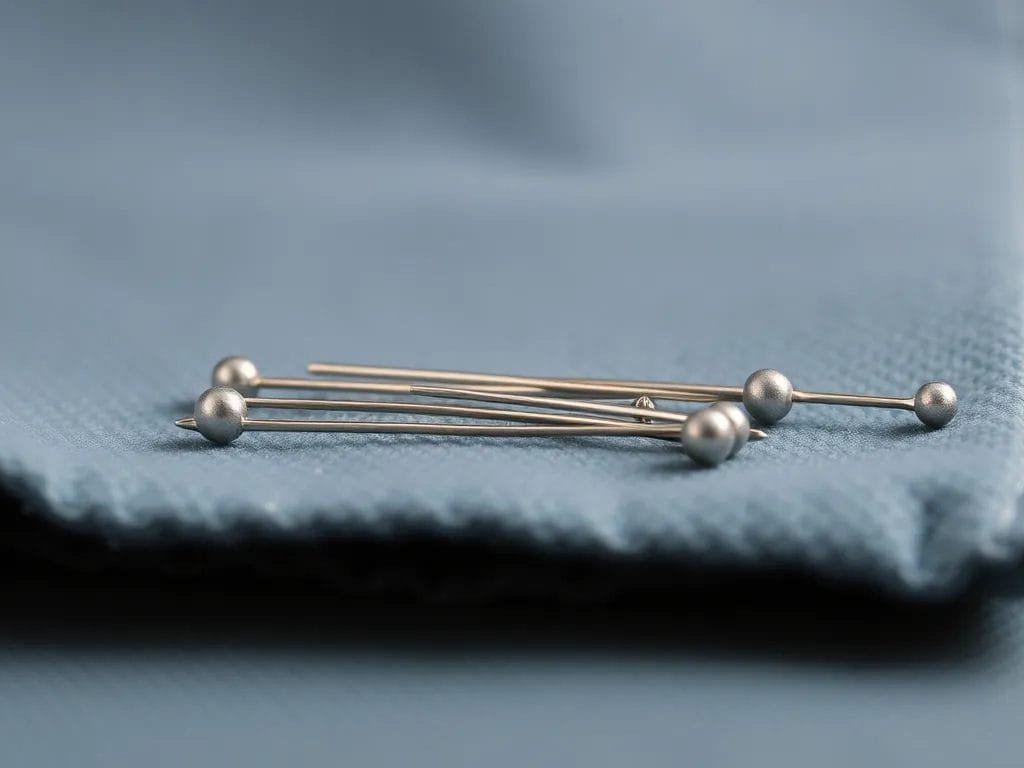
How should dressmaker pins behave under pressure?
Flexibility helps, but only to a point.
Dressmaker pins must be firm enough to hold tension but flexible enough to resist snapping under seam strain.
Bent pins = uneven pressure, leading to inaccurate fits or distortions.
We replace bent pins weekly and inspect for warping during all major fitting reviews.
Heat resistance in industrial settings
Ironing is a fact of life.
Pins used in manufacturing must endure steam pressing and contact with irons without melting, warping, or discoloring.
That’s why glass-head pins dominate our supply chain.
Magnetic reusability and safety protocols
Clean-up matters.
Pins should be easily detected and collected post-use. Magnetic response is a huge plus in factory workflows.
Best Practices
- Always use magnet trays
- Count pins before handoff
- Ban non-metal pins on floor operations
Safety checks prevent lost pins in finished garments.

Anti-corrosion treatment for long storage
Humidity matters in warehouse setups.
Dressmaker pins need protective coatings to prevent rust during long storage or international shipment.
We rotate stock quarterly and inspect for discoloration or residue.
Conclusion
A quality dressmaker pin is sharp, rust-resistant, heat-safe, flexible, smooth, and magnetic. These features directly affect garment quality, workflow speed, and worker safety. At Xzapparel, we optimize every detail—including the pins that hold it all together.
Need help preparing your next collection with the highest-quality pinning and sewing standards? Let’s build it right.



